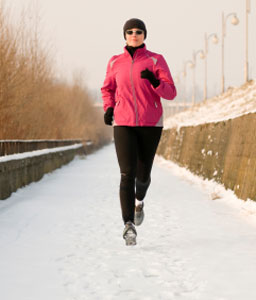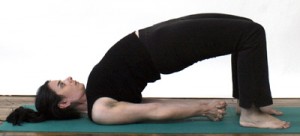Popular Reviews
- Shakeology Review
- Viritenz Review
- Isagenix Review
- Jenny Craig Review
- Protein World Review
- Paleo Diet Review
- Ideal Protein Review
- PhenQ Review
- Weight Watchers Review
- Pure Slim 1000 Review
- Alli Review
- Phen375 Review
- Leptigen Review
- It works Review
- The Thrive Diet Review
- Plexus Slim Review
- Almased Review
- Xyngular Review
- SlimQuick Review
- Relacore Review
- Lipozene Review
- ProbioSlim Review








 diagnosis, Seasonal Affective Disorder (SAD, or seasonal depression) has been popularly accepted by lay persons, practitioners, and researchers alike.
diagnosis, Seasonal Affective Disorder (SAD, or seasonal depression) has been popularly accepted by lay persons, practitioners, and researchers alike.